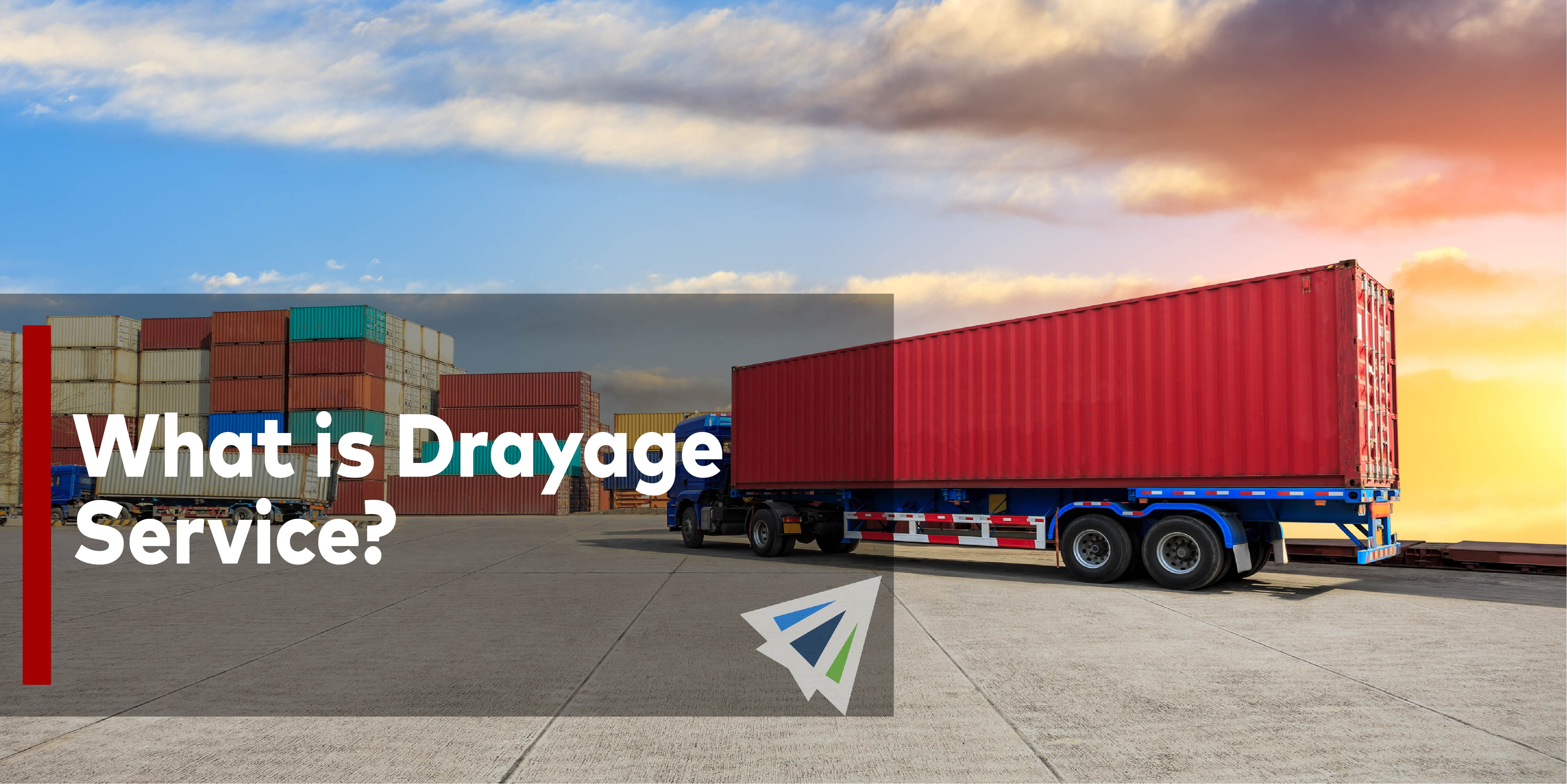If you are either new to international shipping, or are expanding your involvement with it, you’re bound to encounter drayage service at some point. It’s kind of an oddball term that’s not nearly as self-explanatory as something like “truckload freight” or “intermodal shipping“.
If you are looking to learn more about drayage service, what it is, and how it’s used. this blog is meant to be an information resource for you!
What is Drayage Service?
Drayage service is a niche shipping service that is meant for shipping entire containers via road. This is different than LCL service. See, in LCL shipping, containers are brought to a CFS (container freight station) where they are deconsolidated and reconsolidated in separate trailers based on their geographic destination. Those individual shipments are then shipped out on regular semi-trailers.
But what happens if your shipping a full truckload of freight? You need the entire container to make its way to your companies door. There are a few ways this can be done: by road, and by rail:
Road Transport: Drayage Service
If you are shipping a full container of freight, it doesn’t need to be deconsolidated. It simply needs to be picked up and brought to your door. This is one of many instances in which drayage service may be used. You can hire a drayman to pick your container up from the port and bring it to your company’s dock.
This type of drayage is only meant for short trips though. If your company is located on the coast, it may not be too difficult to find a drayman who can carry the container from the port to your dock door, so a straight port-to-drayman-to-door move may be easy enough!
But what if your company is located inland? Do you still need drayman, and what role do they then play?
Intermodal Transport: Drayage Service
Drayage service isn’t just charted service of your freight container to your door by a trucker – it’s any service required for picking up a full container and moving it to another location. In other words, if you ordered a full container of freight and need to get it to inland states, it still needs to be picked up from the port and brought to an intermodal port for rail transportation.
In this instance, you would hire a drayman to pick the container up from the ocean port and bring it to the intermodal port. The intermodal carrier would then bring your freight to its destination rail port where you would, again, hire a drayman to pick up your container and bring it to your door.
Types of Drayage Service
There isn’t just one cut-and-dry form of drayage service. They’re all a bit different, and they are generally defined by a specific classification. These are a few classifications that come from the IANA (Intermodal Association of North America):
- Expedited drayage: Quick transportation of freight containers.
- Inter-carrier drayage: This is similar to the intermodal example above, and refers to the movement of a container between various carriers.
- Intra-carrier drayage: Intra-carrier drayage refers to moving cargo to two different hubs owned by the same carrier. Cargo might be transported from an intermodal hub to a rail hub.
- Pier drayage: This is sort of the reverse of the Inter-carrier drayage idea. It is used when you need to move a shipping container from a rail terminal to an ocean shipping port.
- Shuttle drayage: Shuttle drayage involves moving an intermodal unit to a temporary stopping point. It’s often used when port congestion is high and delays may be at consequence.
- Door-to-door: This is similar to what we referred to in the road section – straight pick-ups and delivery of a container to your door.
Wrapping It Up
As you might imagine, the “right” type of drayage classification will largely depend on your shipping circumstances. If you are using intermodal transportation, are located near the port, are located far away from the port, or have any other major logistics-chain-related factors in play, they will all affect which drayage service you should use.
If this all seems confusing, it’s because… well, it is! Just know that we are always happy to answer any questions you may have. Our team deals with this stuff everyday, and we’re all generally pretty nice people (depending on if we’ve had breakfast or not.) If you have any questions, just reach out to one of our team members and ask!
